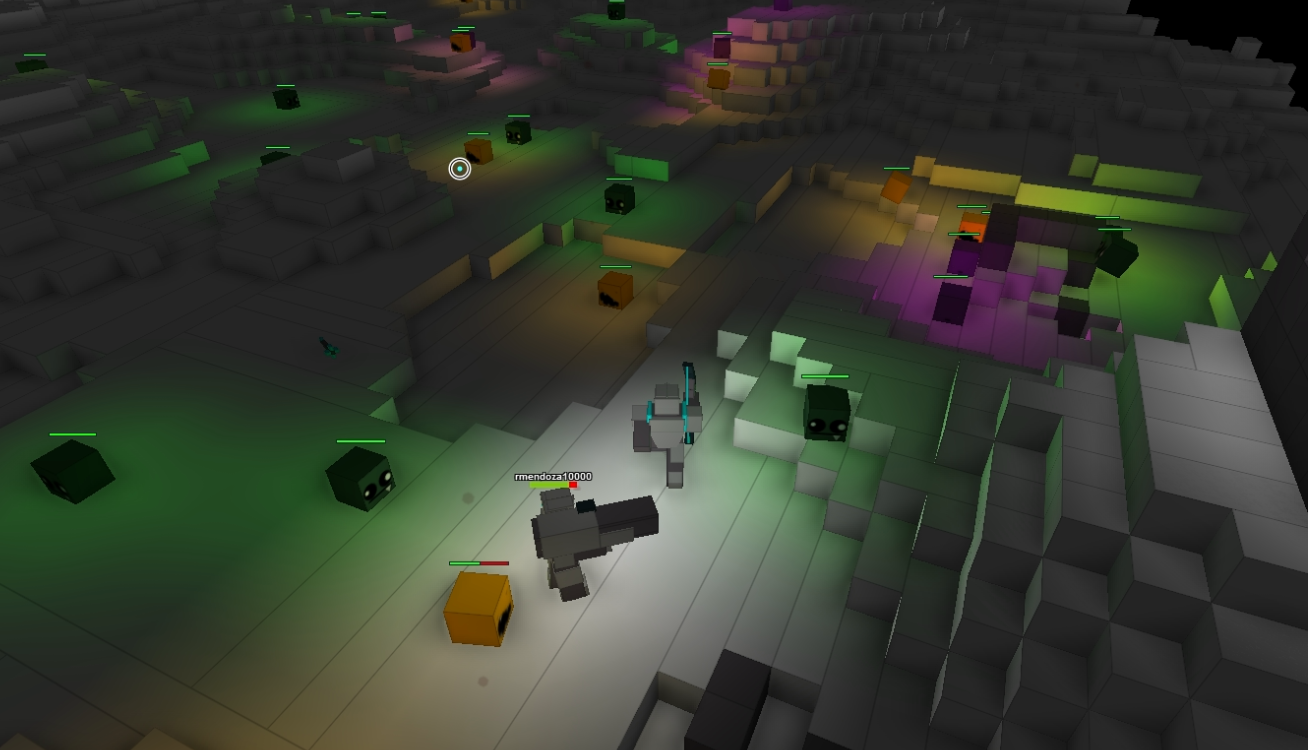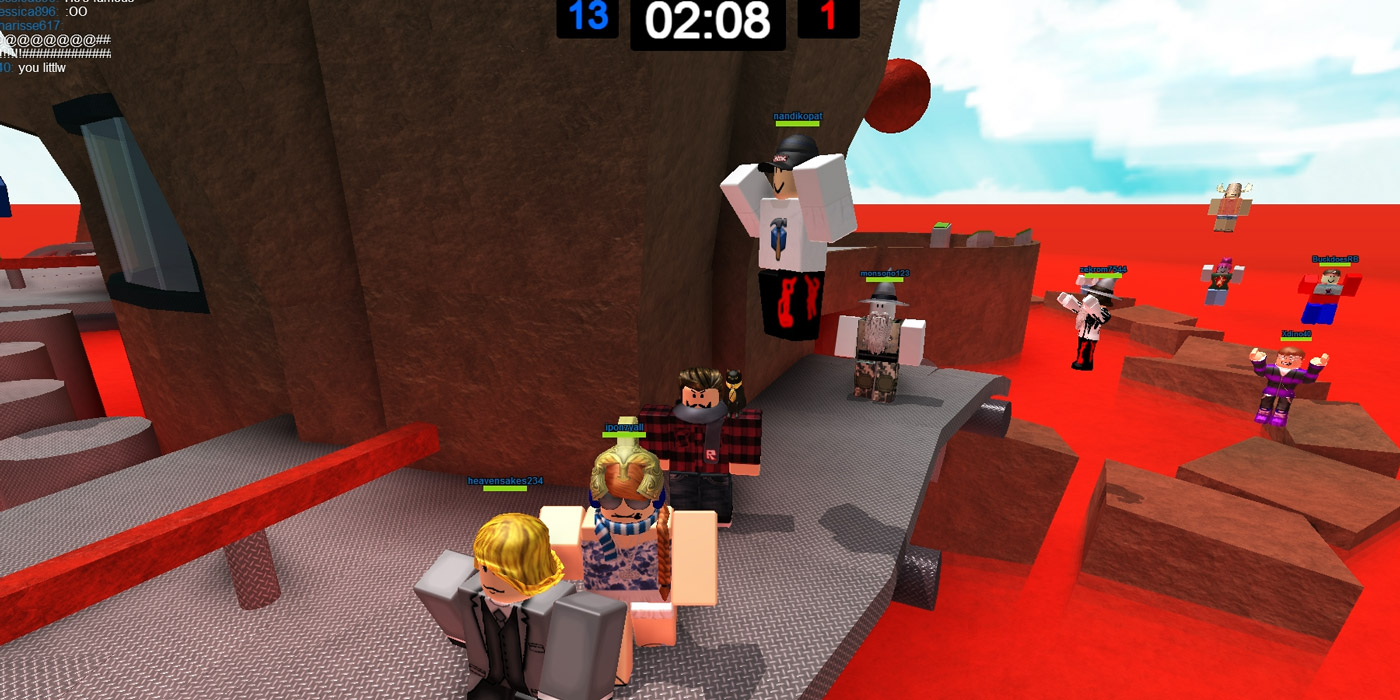Blog Archive
With an integrated development environment, multi-platform support, and a global cloud of multiplayer game servers that auto-scales to hundreds of thousands of concurrent players, ROBLOX is one of the easiest and most opportunity-rich platforms on which to make games. But we didn’t stop there. The ROBLOX game developer can now create even deeper, more immersive experiences with the rollout of technology that redefines the ROBLOX game – that gives developers the fuel they need to create exactly the engrossing games they envision.
We’ve talked at length in this series about the ambitious games that are possible with a set of newly released features and exactly what those features entail. But that technology, while game-changing, represents a fraction of ROBLOX’s global framework – interconnected systems that let anyone develop a full-featured game and release it to an international audience millions strong in a matter of seconds.
Integrated development, easy prototyping
The best content you encounter on ROBLOX is almost always created in and published from our development environment, ROBLOX Studio. From basic level construction to gameplay scripting to solo/server testing to in-game transaction configuration, Studio integrates everything you need to make a playable multiplayer game and get it on desktop and mobile – no other software needed. (If you want to design your own textures, experiment with plugins to expedite processes, or otherwise work outside of the norm, we support that, too.)
 Our client and Studio developers have backgrounds at many game studios – Ubisoft, EA and Linden Labs, to name a few. They’ve spent significant time in other game-development engines. Something we’ve heard more than once is how much easier it is to prototype a playable game and distribute it to a live audience using ROBLOX Studio. There are three key factors behind this:
Our client and Studio developers have backgrounds at many game studios – Ubisoft, EA and Linden Labs, to name a few. They’ve spent significant time in other game-development engines. Something we’ve heard more than once is how much easier it is to prototype a playable game and distribute it to a live audience using ROBLOX Studio. There are three key factors behind this:
- ROBLOX Studio is simpler and more streamlined than other game-development applications.
- ROBLOX’s tech infrastructure takes care of a lot of the dirty work, including rendering optimization, multiplayer networking, and server hosting.
- You don’t need a license or even a paid membership to publish on ROBLOX.
With dynamic lighting and shadows, features to develop rich soundscapes, and a growing arsenal of debugging tools, there’s also room to apply polish to your prototype when you’re ready.
Games in the cloud
There’s no other game-development platform that comes with an opportunity like that of ROBLOX. Sure, you could make a mobile game, publish it to the sea of apps that is the iTunes App Store or Google Play, and hope someone notices. Or, you could build your game on ROBLOX, seed it with $50 of on-site advertising, and get it in front of an audience that’s hungry to play the next great game.
Once you publish a game to ROBLOX, it lives in the cloud, among more than 15 million others. While it’s going to start buried by the competition and with a big zero for a player count, we auto-scale and auto-shard game servers based on demand, meaning you could do an advertising run and conceivably have thousands of people playing it concurrently later that same day. It really depends on how good the game is – and how well it captures the attention of ROBLOX’s audience. Game servers will never be the bottleneck.
Our Games team put this to the test in 2013. They made a high-quality game under the guise of an everyday user and seeded it with a modest advertising budget. That weekend, it made it to the top of the game charts. Many community developers — like Imaginaerum and his game Skybound, and loleris with Darkness II — have done similar things, creating solid games and spiking their traffic (particularly after releasing updates) using advertisements.
We handle all the server provisioning, getting players on multiple platforms into games fast. Going from nothing to prototype to published multiplayer game to published multiplayer game with 10,000 concurrent players involves no work — other than development, of course — on the creator’s part. Where else can you find that?
Who’s leveraging all of ROBLOX?
One of the best stories of ROBLOX’s infrastructure in action is that of Nikilis and his wildly successful Murder Mystery game. He opened the game in a deep beta stage one night, told his small group of followers about it, and went to bed. The next day, there were more than 5,000 people playing it at the same time. He later broke the 6,000-concurrent mark. He’s now earning himself $2,000 a month off his game-dev hobby.
One of the biggest games – both in terms of popularity and sheer world size – is Apocalypse Rising. It’s a fantastic example of what can be done with ROBLOX Studio – large scale, deep gameplay, compelling systems. It’s also been available to play for well over a year, having amassed 16 million+ play sessions in that time at no cost to its two-man development team. They instead focus on great gameplay and expanding their world.
There’s also Wheel of ROBLOX, a classic game show recreated in ROBLOX, complete with voice acting and commercial breaks for other users to advertise in. Le Bote, a modern-day rendition of what you probably saw in your head while playing Battleship on a table years ago. Deathrun 2, a round-based action game that brings new life and social interaction to platforming. All of these games are ROBLOX successes with many millions of play sessions and many thousands of dollars earned.
These are the kinds of things that can happen when a game is fueled by ROBLOX and there are many other success stories to share. We plan to bring more of them – especially those leveraging the latest developer features – to you in future articles.
This is the fourth article in a series about ROBLOX’s expanding technology infrastructure and the compelling, large-scale games it enables developers to create. In future articles, we’ll look at games that are leveraging our latest developer features in interesting ways.
If you’re just getting started with this series, see part 1 (the Winter Games as a demo of this technology), part 2 (the possibilities this technology presents), and part 3 (the public release of this technology).

